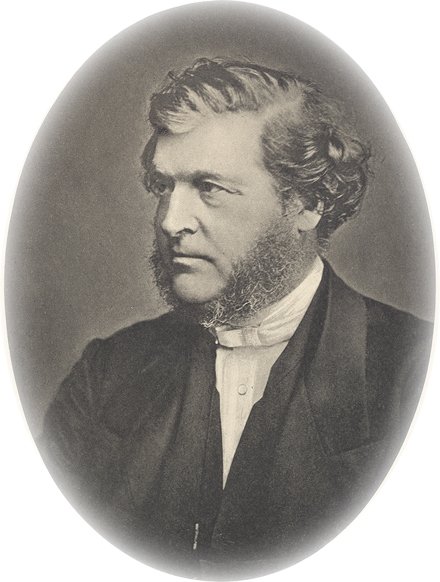
Following Tim Challies' post on this subject, we intended to post a comment on the question at his blog. However, our browser refused to co-operate, so it ended up here.
We have several categories. First. Baptist Books, organised by location, date and denomination (For example William Gadsby's Sermons would be in England, 19th century, Gospel Standard)Particular and General Baptists are placed separately (we would not like the put J.C. Philpot with Dr. John Clifford). C.H. Spurgeon has a separate section all his own, with about a dozen biographies and biographical studies. Also included with C.H. Spurgeon are his wife (obviously) and his son and successor at the Tabernacle, Thomas Spurgeon. John Gill, with his commentary, Body of Divinity and other writings also warrants his own section.
Scottish Church history and therology. Organised by date and denomination (usually the denomination a man was most identified with. For example a Disruption minister will be under Free Church, even if he spent most of his career in the undivided pre-Disruption Church of Scotland). The Cunningham Lectures exist in a separate section. We find that the early Cunningham Lectures are often the best books available on their subjects, and it is helpful to have these doctrinal works together in one place. The writings of Theologians such as William Cunningham, James Denney, Thomas Halyburton and Principal Rainy are located together within the sections in which they belong.
Irish Church history is a related but separate section. It includes books on the 1859 revival and is dominated by Irish Presbyterianism. There is also a separate Welsh section, including the various Welsh Revivals and of course Christmas Evans.
General Church History begins with books that deal with, well, general Church history, then the Church Fathers, organised by date, and a few books on the Medieval Church The Reformation comes next, organised by date and location (Hus and Wycliffe come first, of course). Calvin and Luther have separate sections for their writings and biography.
The Puritans come next, headed up by John Owen's writings, including the commentary on Hebrews. Included in this section are histories and biographies of individual Puritans.
Then comes the Eighteenth Century. Although many of the books are histories, there are also the works of such greats as William Huntington, John Newton, Augustus Toplady and William Romaine. Wesleyan Methodism, from the 18th century to the present, is in an entirely separate section, so the 18th century section is almost entirely Calvinistic.
The 19th century in England is more sparsely represented in terms of biography, although there are a few good works dealing with men like Thomas Binney. The 20th century is represented by a number of Evangelical biographies, and Lloyd-Jones has a section of his own. Anglicanism, like Methodism, has a separate section.
Then there is American Church History, broadly divided between Northern and Southern theologians, with Princeton as a subset of the Northern theologians. The writings of the Princeton Theologians are located in their own section, dominated by Warfield.
Next come Commentaries, arranged in order of the books of the Bible, with Matthew Henry in his own section with his biography and other writings.
Apologetics comes next, arranged by topic. Creationism, the Roman Catholic Controversy, Modernism, Postmodernism, Cults and other Religions, etc. Within this section Cornelius Van Til and James White have their own sub-sections.
Certain writers have their own sections, such as J.C. Ryle, John Eadie and J.I. Packer. Systematic Theologies and works on Creeds and Confessions (with special emphasis on the Reformed Confessions) are located together, and there is a whole section of hymnbooks, most of which have actually been used in churches.
Then there are a number of other sections arraged by subject, mostly doctrinal. Books on the doctrine of the Holy Spirit are all together, as are books on eschatology and a number of other doctrines.
There is certainly a simpler way of arranging books, but this has one great advantage: most of the books on a given subject will be close to one another. Some of this order has, however, been sacrificed to the more practical consideration of shelf-space. Two thousand volumes takes up a lot of space!

No comments:
Post a Comment